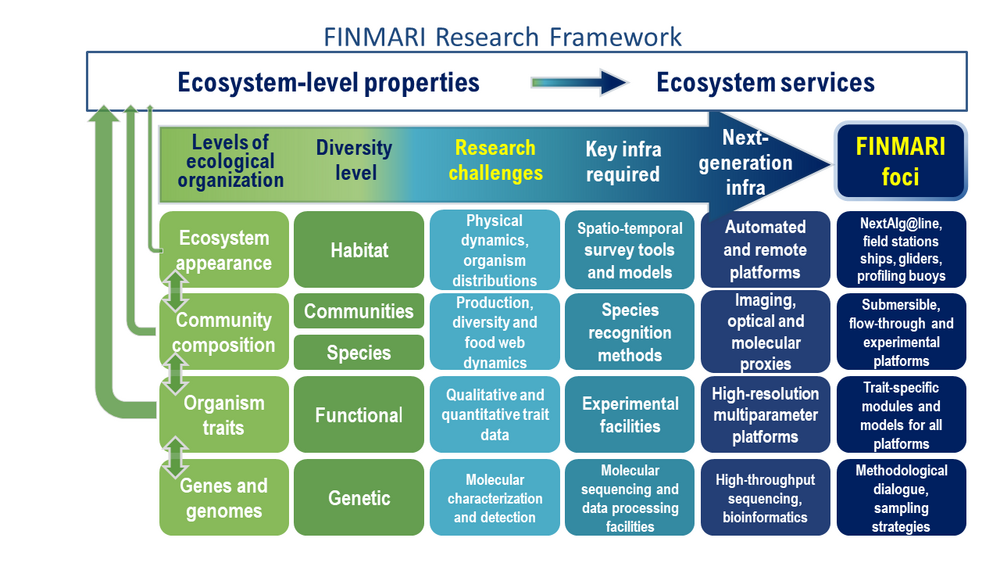Scales of variability in marine ecosystems
Coastal seas are the most productive and dynamic environment of the World Ocean, offering significant services for mankind. Sustainable ecosystem functions, habitat protection, risk management, climate change impacts, maritime safety – all Grand Challenges related to coastal seas require vastly more comprehensible and integrated, spatially more extensive, and temporally more intensive observations than is available today for practically any coastal sea region.
The coastal seas have always offered essential services for human populations, ranging from provision of nutrition and ways of transport and commerce, to cultural and recreational values. With increasing human population, their huge potential for innovation and growth in blue economy sectors is becoming all the more important.
The coastal seas are, however, transnational, vulnerable junctions of escalating multiple pressures: over-proportional coastal human population growth boosting anthropogenic discharges, direct exploitation of natural resources, marine traffic, habitat destruction, and climate change.
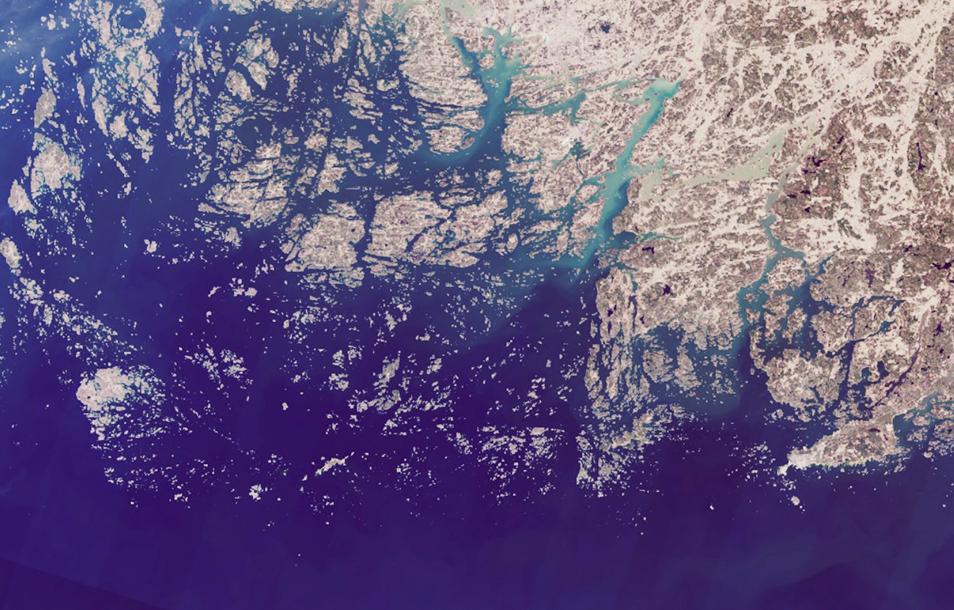
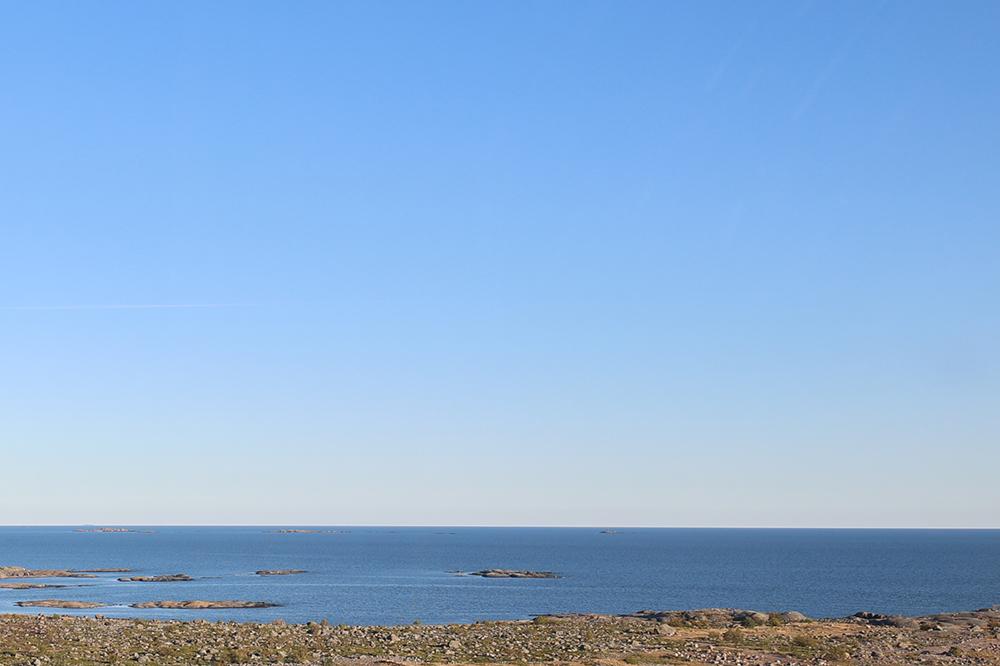
Archipelago Sea from a satellite on the 19.4.2023, representing the large scale in marine environment; source Syke Tarkka Service; Sentinel 3A OLCI-data and Landsat-9 OLI2-data, and a view from a lighthouse on the Utö island.
Due to the inherent complexity of the coastal sea ecosystems, the answers to many scientific and societal questions are unknown, however, and the impacts of the cumulative stresses are difficult to assess and forecast. Development of new technologies for marine observation and experimentation is required for improving our understanding of the protection actions necessary for a healthy future of the coastal seas.
Marine systems differ from their terrestrial counterparts, as the basic trophic levels of the ecosystem, their diversity, functioning and interactions are embedded in the constant flux of the physical environment. Moreover, generation times of key primary producers can be several orders of magnitude shorter than their terrestrial parallels, especially in free water masses of the pelagic systems. Things change fast at sea!
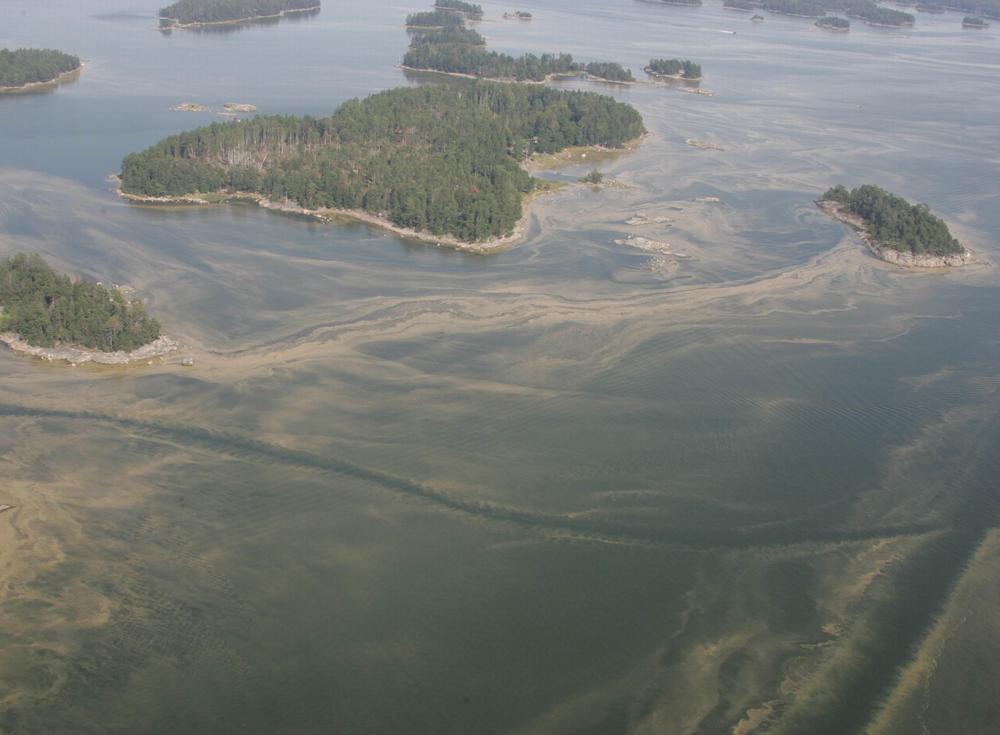
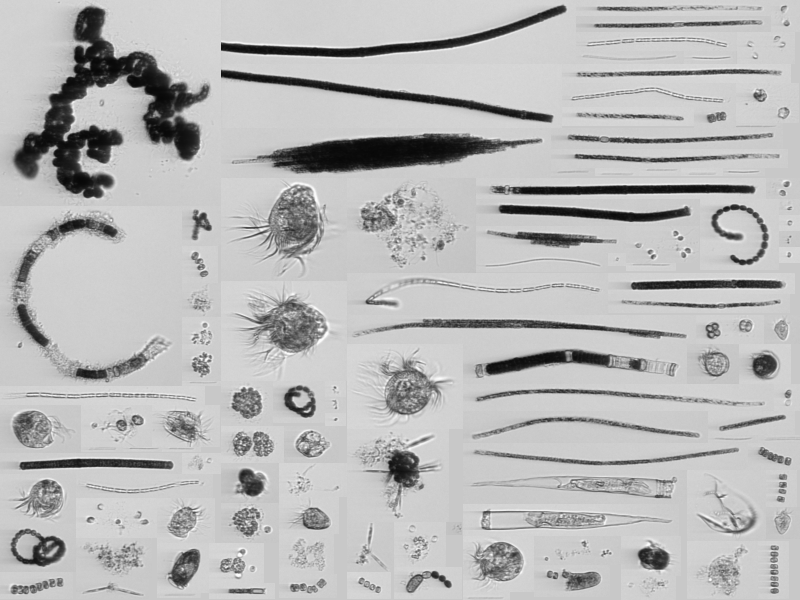
Surface bloom of cyanobacteria from the air (photo: Finnish boarder guard); and Diversity of phytoplankton and protists in one single water sample, analysed with the Imaging Flow CytoBot IFCB (photo Kaisa Kraft).
Capturing the relevant variabilities from physiological and growth scales (<minutes to days) to transport and seasonal scales (weeks to months and years) sets rigorous - and costly - demands for research infrastructure (RI) development, both in observation and experimentation. Multidisciplinary and synergetic RI development and utilization is therefore a necessity to obtain cutting-edge, yet cost-effective RI platforms capable of serving the full variety of marine research interests.
The FINMARI Research Framework
Research Infrastructure demands of marine research at hierarchical system levels, their connections to ecosystem services, and FINMARI infrastructure development plan. The lowest (genetic diversity) row is tackled through collaboration links with relevant RI providers in Finland and abroad.
